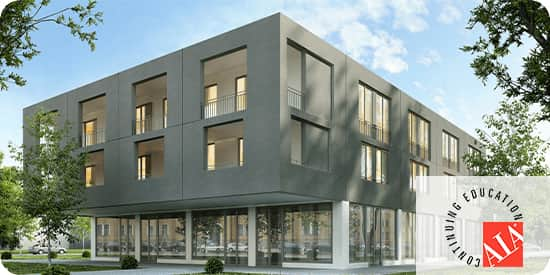
Our in-house licensing experts will guide you through every step of staying licensed.
We will store your continuing education records for 6 years at no additional cost! Simply log in to print your certificates at any time.
After course completion, we will submit your certificates to the AIA. Certificates are submitted every Tuesday.

Save time and money completing all of your continuing education at once.
*Architects in NE must complete additional CE in person.